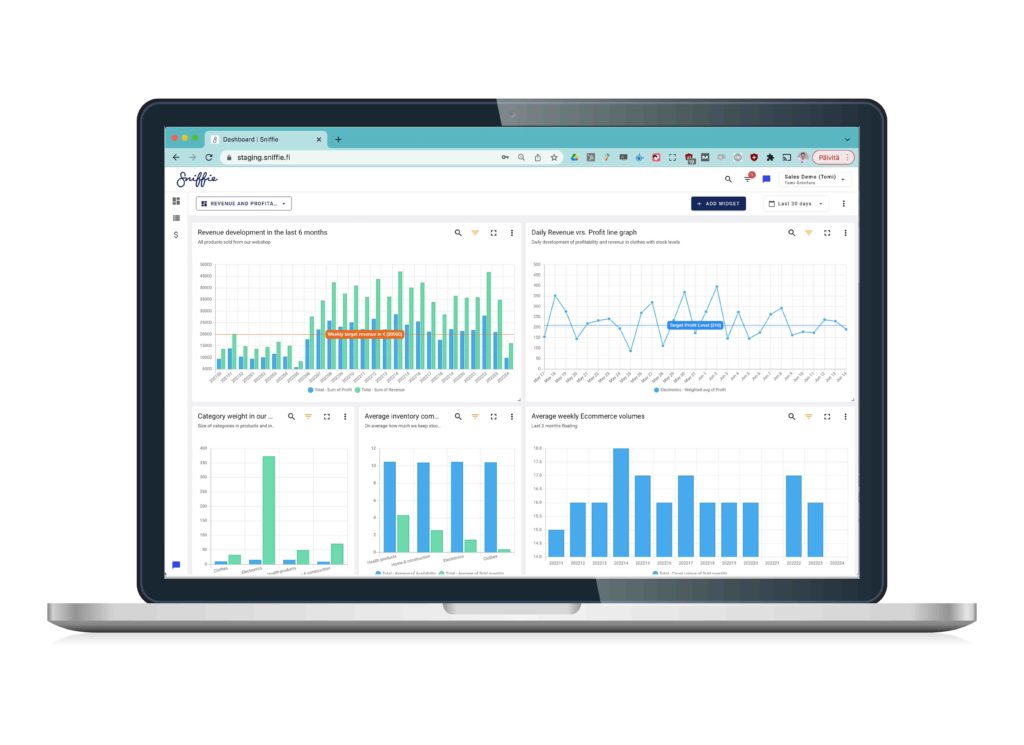Have you thought about how big of a difference in ecommerce prices is noticeable to consumers? Have you ever wondered how some businesses can effortlessly increase their prices little by little? How do they do that?
Well, Weber’s law enables them to do it, and many marketing and pricing experts absolutely swear by it.
Go on; take a look at the current pricing of your products. There is no reason why your products can’t compete with the top tier offerings in your niche. Yes, you might lose a few buyers, or you might need to rationalize the pricing to some customers. Still, overall your business will benefit from following the tenets of Weber’s law and implement incremental increases over time.
But the problem is that many businesses are still stuck, dealing with the problems of price differentiation.
Problems Of Price Differentiation of Ecommerce Prices
Price discrimination is a microeconomics pricing strategy where companies are likely to charge varying prices for identical or largely similar goods when selling them in different markets. Price differentiation mostly relies on a consumer’s willingness to pay and the elasticity of their demand. Some of the problems that exist with this strategy are:
- The Rate of Market Growth
This is often influenced by pricing policies, where some products are unlikely to gain market interest compared to others, making them unsuitable for a penetration price policy. - Pricing over the Life Cycle of the Product
Every product has its life cycle, so sales and profitability will differ over time – pricing will need to change accordingly. - Post-Skimming Strategies
The choice of a skimming price is not enough. Subsequent decisions will have to be made about the timing and size of future reductions from the initial price. In some instances, the producer’s hands may be tied by the actions of competitors. In other instances, producers may have more discretion.
Pricing your products to ensure that they fly off the shelves while generating maximum profits, doesn’t have to be complicated. You will need to take into account how your buyers think about pricing to do it – and that’s where Weber’s Law comes in.
What Is Weber’s Law?
Weber-Fechner Law, commonly known as Weber’s law, is used to quantify how users perceive changes in a given stimulus. It states that changes in a stimulus are not noticeable within a given threshold. This threshold is a constant ratio of the original stimulus.
How Weber's Law Can Be Applied To Pricing
In practice, Weber’s law is not that exact, as doubling the price does not necessarily double the range of acceptable prices. Weber’s law can be applied to pricing by identifying the exact point in which a customer notices a price change and alters their behaviour in response.
What this means is, a small change in a low price may come across as a noticeable price difference.However, a small change in already high prices will be considered normal.
In practice, marketers need to be careful with even the smallest price changes when the price is low. However, they can make these changes in costly items with little to no effect on consumer’s buying decisions. A big change in low-prices products/services will indefinitely change buyer behaviour. On the other hand, a significant change in high-priced items won’t necessarily change consumer behaviour but will be perceptible.
So how can you apply Weber’s law to your business? For starters, evaluate your current pricing. You can float your way up to the top as most people won’t have a problem with incremental increases over time. You can also segment your offerings and create experiences that align at the top ends of your tiers; as such, your customers will expect different quality, materials, service, and access to these products. Thus, you can manage expectations and foster a sense of confidence as customers will expect to get the value you promised them at each tier. Refrain from making false promises and overpricing items that may lead to poor customer experience. You may win in the short-term, but keeping up will be bad for the business in the long run. You need to build a loyal customer base by offering value.
Marketers can also use software like Sniffie to monitor ecommerce prices across different channels and alter their price difference threshold according to market segments and demand elasticity.
What Should Be Considered When Applying
Weber’s Law To Pricing?
When you understand how your consumers will perceive a change in price, you can better position yourself on what the price difference threshold for your products or services should look like.
Arabic Numbers (Pricing) Vs. Stimulus (Origin Of Weber’s Law)
How do consumers interpret the difference in a stimulus and Arabic numbers?
Take weight as a stimulus – your consumer may not have an accurate representation of what the weight of your product is (especially if you choose not to reveal the actual weight). Their first instinct is to guess by feeling the weight in their hands. Therefore, distinguishing two weights within a given threshold-difference might be challenging. However, with Arabic numbers and pricing, the customer can distinguish even the smallest difference since it is based on an observable variance.
For example, the consumer has to distinguish a weight of 300 g from 310 g. This isn’t feasible, especially if consumers have to differentiate the stimulus purely by feeling the weight. However, if the weights are in Arabic numbers instead, consumers will easily be able to distinguish the difference.
Need a Pricing Tool for Ecommerce?
Take the first step and see how we might be able to help you with a pricing automation solution. We offer a 7-day free trial with demo data.
No credit card needed – no strings attached.
Modal Box Title

Factors That Affect Your Price Difference Threshold
Price Quality Heuristic
Price-quality heuristic is where people assume that an expensive item is of higher quality, which is why they may be less sensitive to a noticeable price difference.
Brand
Changing the purchase decision between a luxury brand and an independent brand is roughly a constant. 0.1 means that regardless of the branded product’s price, the consumer will choose an independent brand even if it was over 10% cheaper. The study of Kamen & Toman (1971) found that not only did the threshold (in our case 0.1) increase when lowering the price of luxury brands (contradicting the theory itself), but the absolute threshold (price difference in euros or dollars) also increased.
For example, having initial product prices at 3€ and then changing threshold 10% would mean that 2.7€ would be a critical point. When you lower the price to 1€, the changing threshold increases to over 10% (0.9) but also over the absolute initial difference 3€ – 2.7€ = 0.3€. So your consumers’ decision would not change, whether the price is 1€ & 0.7€.
In Summary
For online businesses looking to apply Weber’s law to their ecommerce prices, software such as Sniffie can enable your teams to update prices in real-time – monitor the market pricing on as many websites and products as needed.
View your pricing structure in our dashboards and make quick adjustments accordingly, and make price changes visible instantly. Learn more from here.
Learn more about e-commerce pricing
All things e-commerce pricing & price optimization right in your inbox. No spam.



